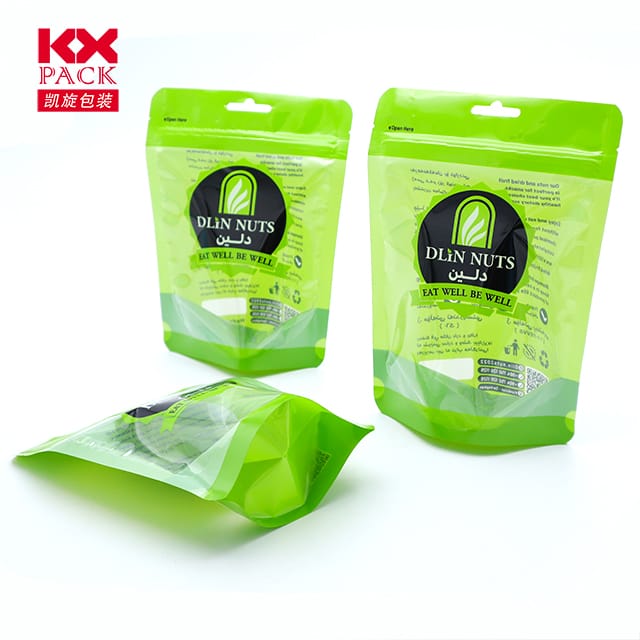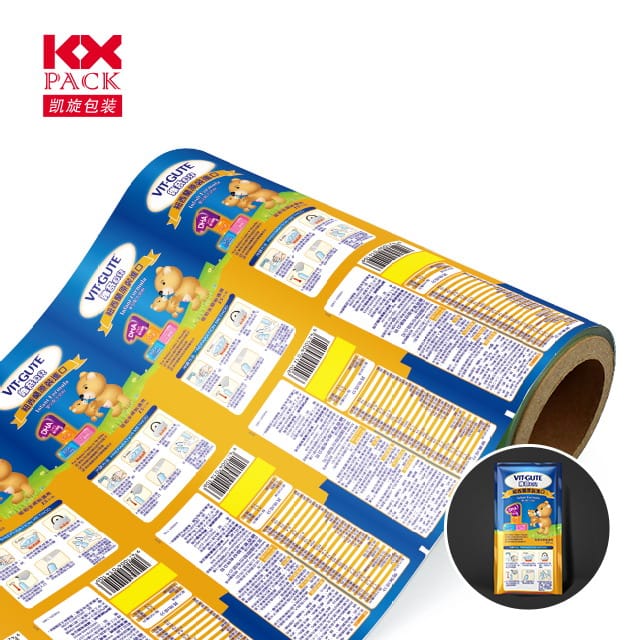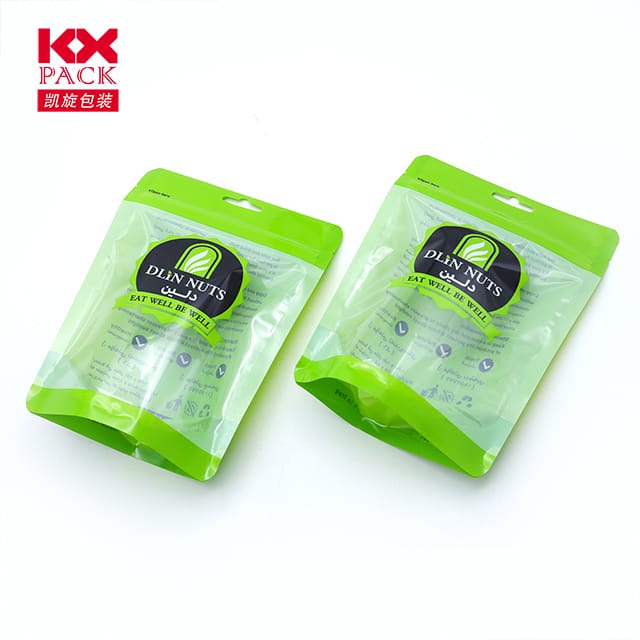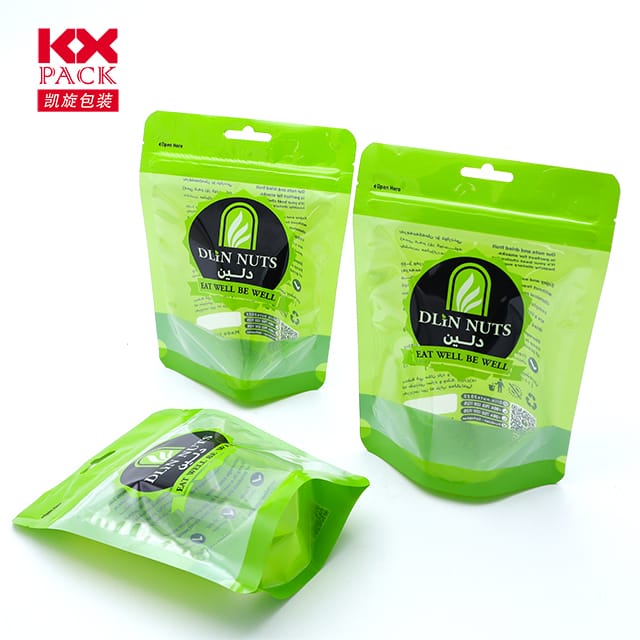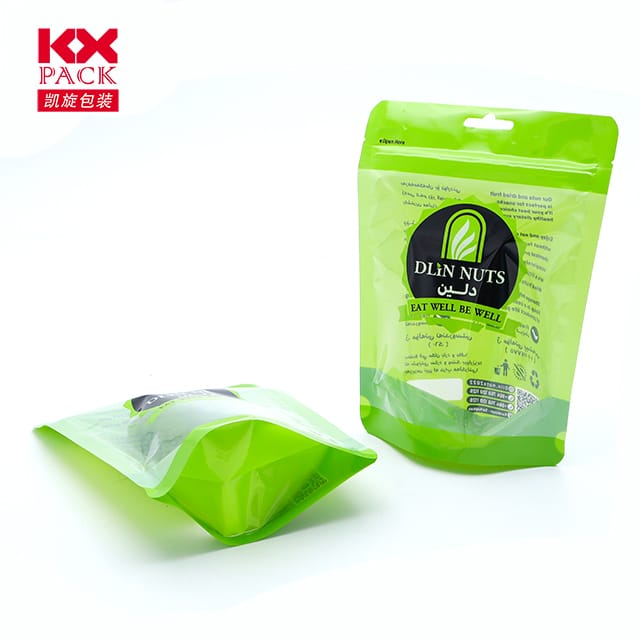层压膜在革新食品包装中的作用(3)
层压电影
在不断发展的食品包装景观中, 层压电影 已经成为改变游戏规则的人, 提供和谐的功能融合, 可持续性, 和审美吸引力. 这些多层聚合物材料经过精心设计,以保护食品,同时满足现代消费者和监管标准的需求. 让我们深入研究为什么层压电影是食品包装行业的基石.
什么是层压的电影?
层压膜是通过粘合两个或多个不同聚合物层的复合材料 (例如。, 宠物, 体育, 聚丙烯, PA, 或铝箔) 使用粘合剂或联合排骨. 这种分层允许制造商量身定制诸如:
- 屏障保护: 阻塞水分, 氧, 光, 和气味.
- 机械强度: 持续穿刺, 眼泪, 和温度波动.
- 可密封性: 确保闭合新鲜度.
- 可打印性: 用于品牌和消费者参与的高质量图形.
食品包装的关键优势
- 增强的保质期
通过对外部元素建立障碍, 层压薄膜大大扩展了易腐烂的肉类的新鲜度, 奶酪, 和小吃. 例如, 宠物/铝/PE层压板可以阻止 99% 氧气, 防止氧化和微生物生长. - 在应用程序之间的多功能性
- 软包装: 小袋, 小袋, 和小吃的流量包裹, 咖啡, 和宠物食品.
- 刚性容器: 准备餐或乳制品的盖子和托盘.
- 专业用途: 可微波袋, 灭菌食品的剥离小袋, 和真空包装的商品.
- 可持续性推动
现代层压膜的设计越来越以可回收性和堆肥性为目的. 创新包括:- 单物质结构: 简化回收流.
- 基于生物的聚合物: 来自玉米淀粉或甘蔗等可再生能源.
- 厚度减小: 轻巧到降低碳足迹而不会损害性能.
- 品牌差异化
层压薄膜的光滑表面允许充满活力的印刷, 哑光饰面, 或全息效应, 使品牌能够在拥挤的货架上脱颖而出.
解决环境问题
虽然传统的多物质层压板因可回收性挑战而受到批评, 该行业正在迅速适应:
- 高级排序技术: 光学分子和化学回收器现在可以分开.
- 循环经济模型: 品牌与回收商之间的合作伙伴关系,以捕获消费后废物.
- 认证证书: 遵守标准 FSC™ (用于基于纸张的层压板) 或者 确定堆肥 (对于可生物降解的选项).
未来趋势
- 智能包装集成
带有传感器或QR码嵌入的层压板可以实时监视新鲜度或微量产品起源. - 纳米增强障碍
结合纳米材料以改善气体屏障特性,同时减少整体膜厚度. - 闭环系统
在价值链之间进行的合作,以确保将层压的膜重复使用或回收为新包装.
结论
层压胶片不仅仅是保护层,它们是平衡性能的动态解决方案, 可持续性, 和消费者吸引力. 随着技术的发展, 这些材料将继续发展, 驱动食品保存和环境管理方面的创新. 对于寻求提升包装策略的品牌, 探索现代层压电影的潜力不仅是一种选择,这是必需的.
🔗了解更多 关于我们最新报告中的可持续包装趋势: [链接到假设行业报告].
食品包装中哪些创新最让您兴奋? 在下面分享您的想法! 👇

